TK-3 Calibrator instrument provides a reference mechanical motion for calibrating and performance testing of machinery protection systems.
The two models of the instrument have identical functions but different power sources.
- The TK3-2e is electrically powered and
- TK3-2g is powered by pressurized air.
TK-3 Calibrator
The instrument includes two basic calibration units : A wobulator (which is used in conjunction with a dial indicator) and a spindle micrometer.
The spindle micrometer is used to check the voltage versus distance characteristics of the probe and proximitors. It is also used to calibrate thrust position.
The wobulator generates a precise vibration and keyphasor reference. The peak to peak vibration is controlled by manually operated swing arm and checked with dial indicator included in the kit. The rotating speed of the wobulator is controlled by adjusting the speed control knob.
If a probe has been permanently installed in a machine or is otherwise inaccessible, a probe with identical electrical characteristics can be substituted for calibration purposes.
A complete vibration monitoring system can be checked by applying a known mechanical input to the probes and observing the meter indication or by measuring the monitor output.
Principle
The TK-3 Calibration Instrument simulates shaft vibration and position for calibrating Bently Nevada monitors and checking the vibration probes. It verifies the operating condition of the monitor readouts as well as the condition of the proximity transducer system. A properly calibrated system ensures that the transducer inputs and the resulting monitor readings are accurate.
It verifies the operating condition of the monitor readouts as well as the condition of the proximity transducer system. A properly calibrated system means that the monitor readings and transducer inputs are accurate and both readings will be matched.
A spindle micrometer is used to check the transducer system and position monitor calibration. A probe mounting adapter provided with the TK3-2 holds the probe while the target is moved toward or away from the
probe tip in calibrated increments. The output from the Proximitor® Sensor is recorded using a voltmeter.
Vibration monitors are calibrated using the motor-driven wobble plate. A swing-arm holder is located over the wobble plate to hold the proximity probe in place. The holder and probe are adjusted to a position where the desired amount of mechanical vibration is found.
The vibration is then measured using a dial micrometer which is supplied with the unit (no oscilloscope is needed). A vibration monitor’s reading can then be compared to the known mechanical vibration signal input. The mechanical vibration signal from the TK3-2 can range from 50 to 254 µm (2 to 10 mils) peak-to-peak.
Download : Reference Manual
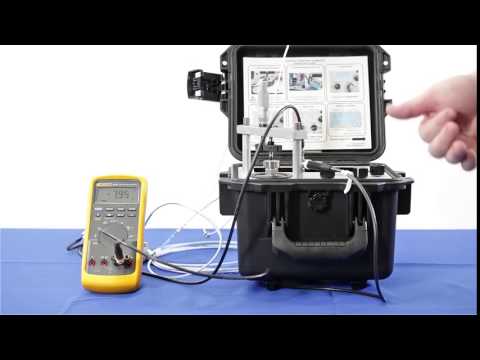
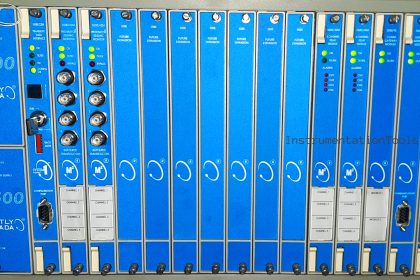
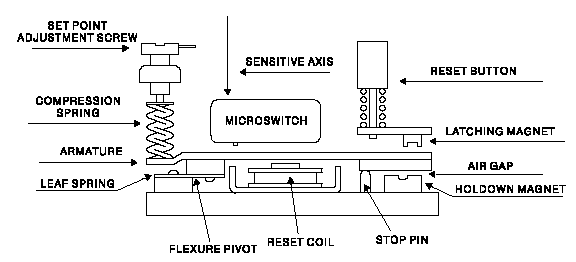
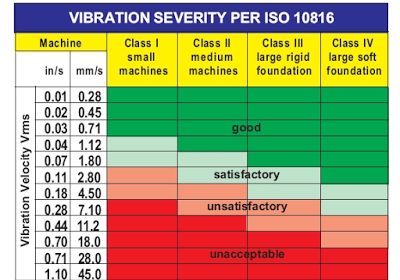
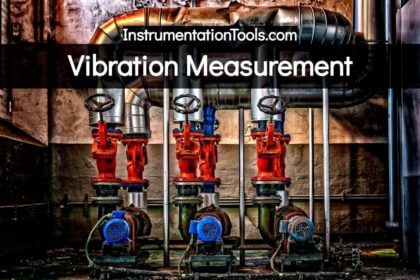
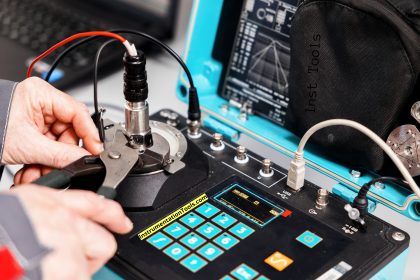
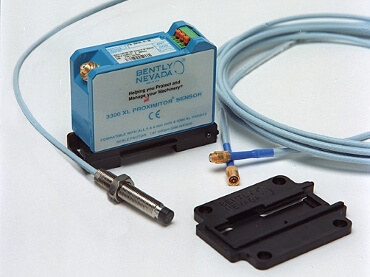
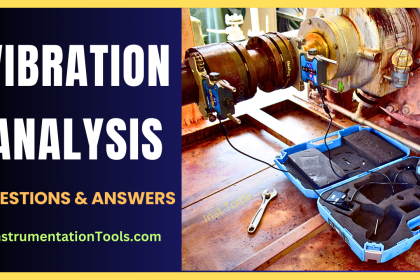

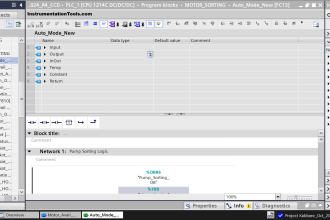

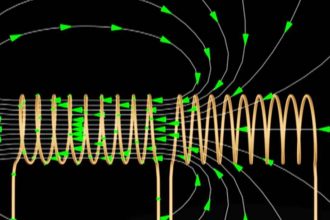
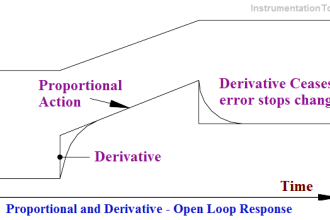
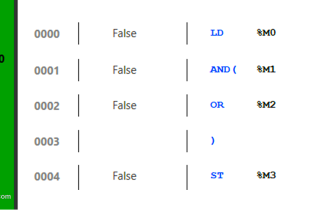
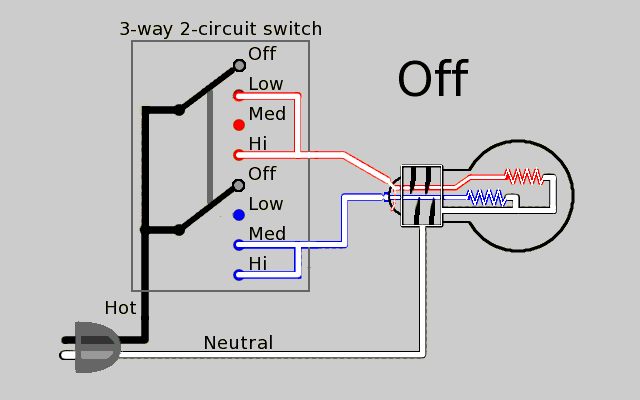


you are helping a lot of people!keep up the good work sir!
nice work and your topic to help full
Thanks you are providing a great service.
What’s the best way to identify if the cable is the main issue on gap voltage inconsistency?